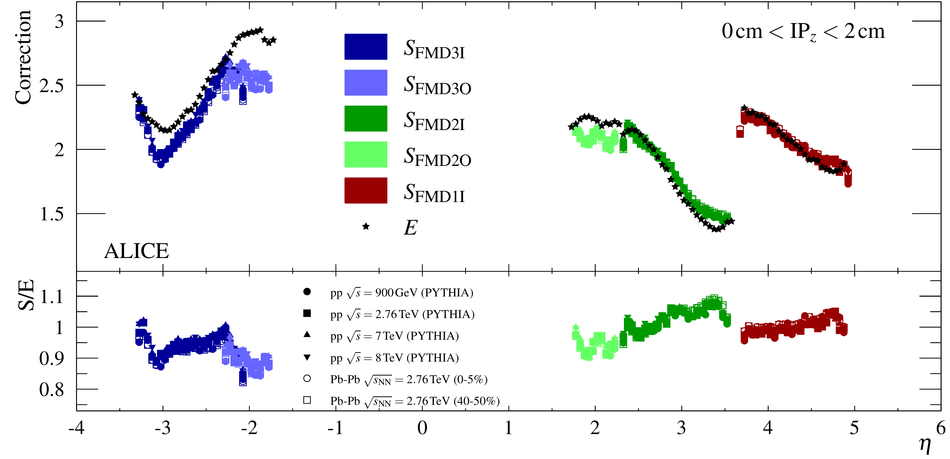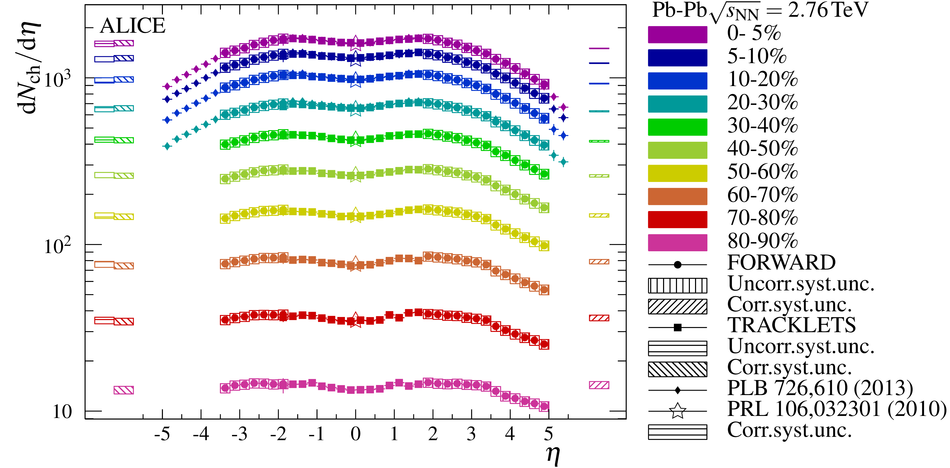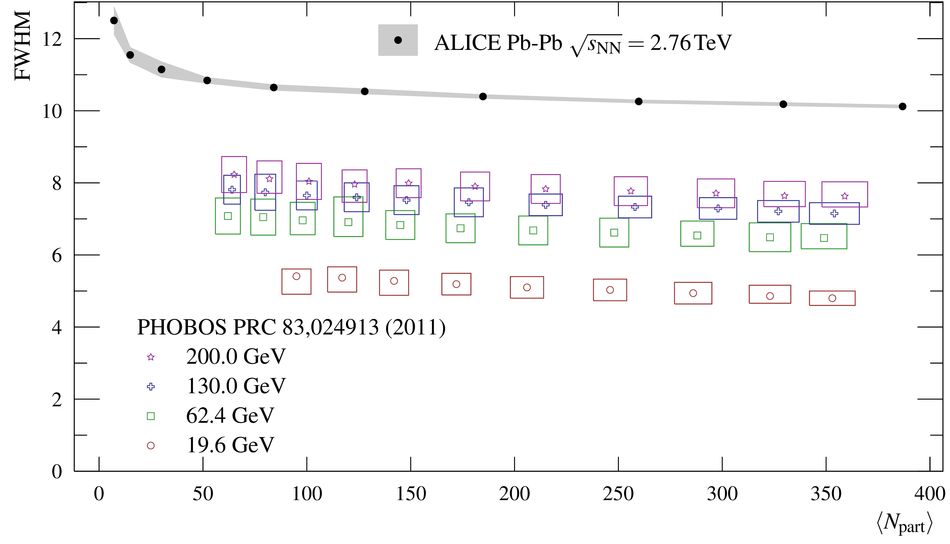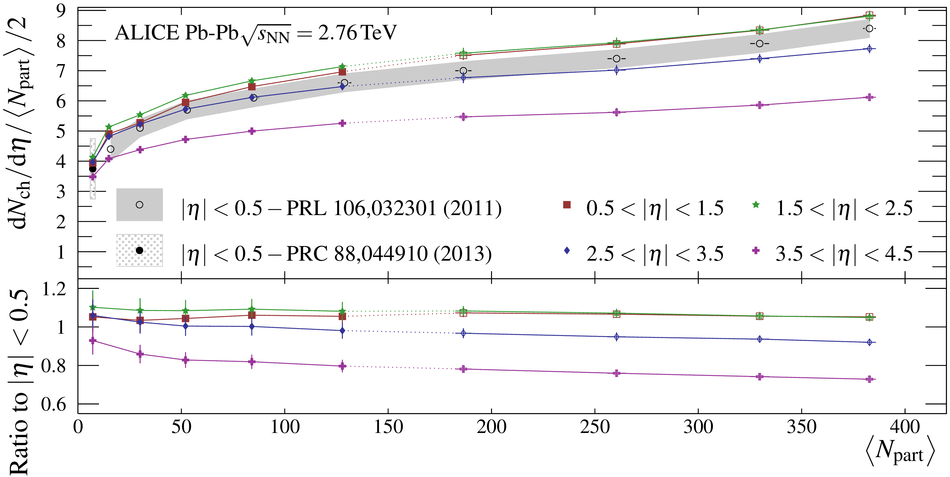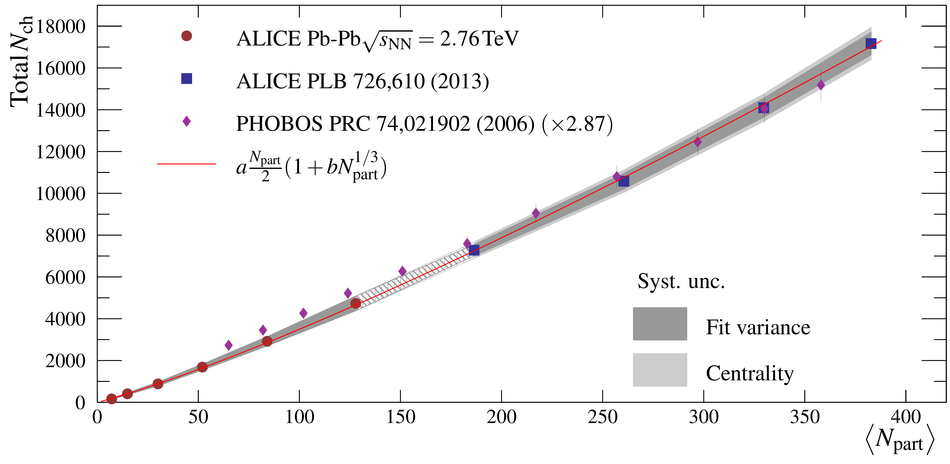The centrality dependence of the charged-particle pseudorapidity density measured with ALICE in Pb-Pb collisions at $\sqrt{s_{\rm NN}}$ over a broad pseudorapidity range is presented. This Letter extends the previous results reported by ALICE to more peripheral collisions. No strong change of the charged-particle pseudorapidity density distributions with centrality is observed, and when normalised to the number of participating nucleons in the collisions, the evolution over pseudorapidity with centrality is likewise small. The broad pseudorapidity range allows precise estimates of the total number of produced charged particles which we find to range from $162\pm22$ (syst.) to $17170\pm770$ (syst.) in 80-90% and 0-5 central collisions, respectively. The total charged-particle multiplicity is seen to approximately scale with the number of participating nucleons in the collision. This suggests that hard contributions to the charged-particle multiplicity are limited. The results are compared to models which describe $\mbox{d}N_{\mbox{ch}}/\mbox{d}\eta$ at mid-rapidity in the most central Pb-Pb collisions and it is found that these models do not capture all features of the distributions.
Phys. Lett. B 754 (2016) 373-385
HEP Data
e-Print: arXiv:1509.07299 | PDF | inSPIRE
CERN-PH-EP-2015-257

